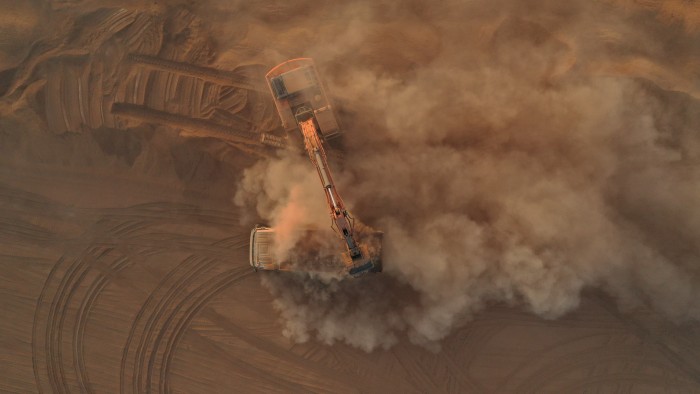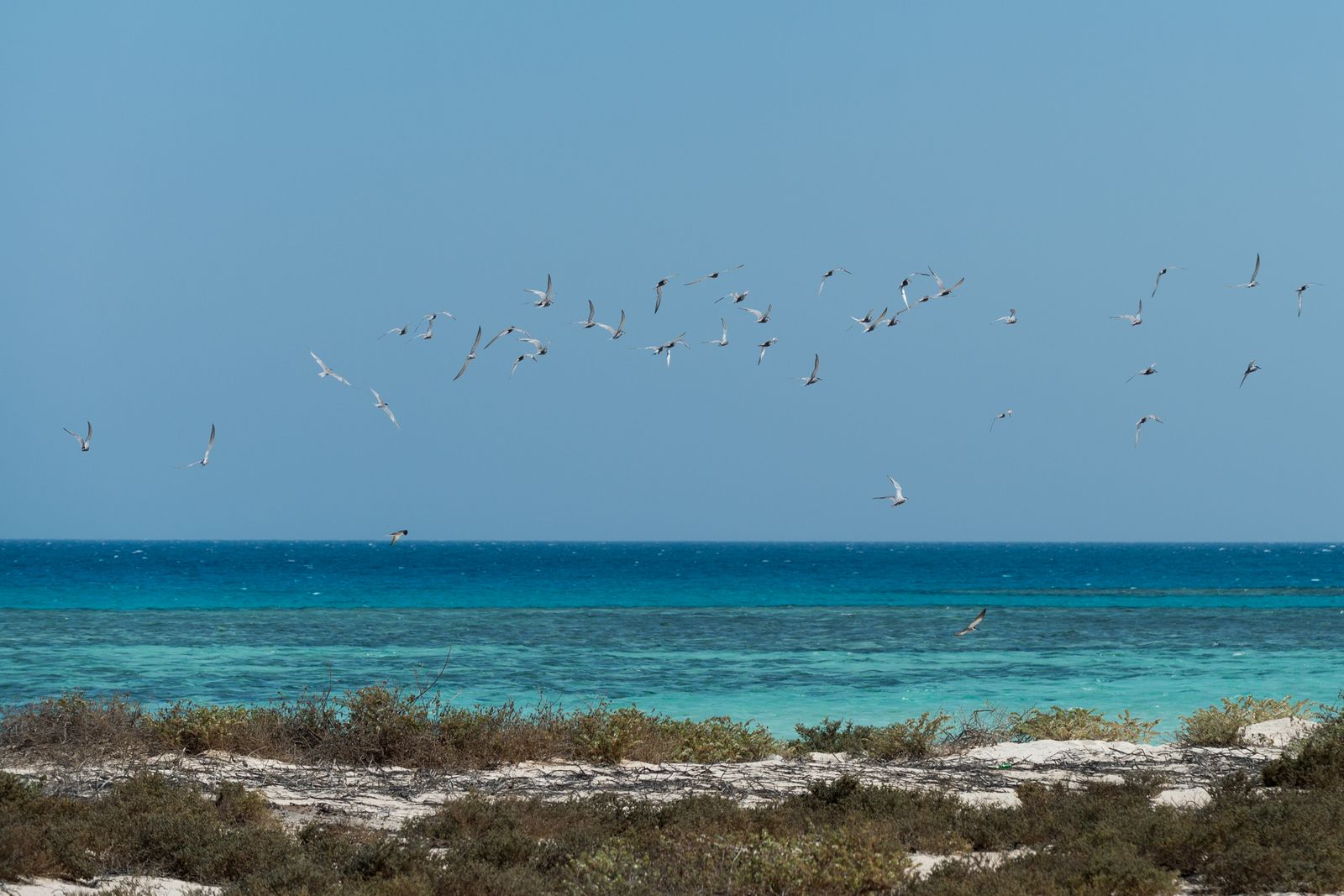A paper detailing the marine spatial planning models that informed master planning of the Red Sea Project has been published in the scientific journal Frontiers in Marine Science.
The paper was co-authored by a multinational team of researchers including scientists from King Abdullah University of Science and Technology, the National Technical University of Athens and the University of Thessaly.
Work was carried out alongside executives from the Red Sea Development Company, the master developer behind the Project.
The paper describes how the research team used marine spatial planning to generate net positive conservation outcomes for the 2,081-kilometre squared Al Wajh lagoon through the development of project.
The lagoon, which includes more than 90 islands, features valuable habitats including coral reefs, seagrass, and mangroves that are home to several species of global conservation importance, such as sea turtles and seabirds.
“The Red Sea Development has committed to setting a new global standard in sustainable development and to sharing our learnings with the world,” said John Pagano, chief executive of the Red Sea Development Company.
“The results of this study demonstrate that, through careful design and planning, coastal development has the potential to enhance, rather than jeopardise, conservation.”
Pagano is named as a co-author of the paper.
“Coastal development and marine conservation have traditionally been antagonistic goals, given that coastal development typically alters ecosystems and increases stress on the marine environment,” said Carlos Duarte, Tarek Ahmed Juffali research chair in Red Sea Ecology at KAUST.
“Our study shows that, by embracing conservation as a primary goal from the outset, stakeholders involved in sustainable development can successfully reconcile the needs of development with the delivery of net positive conservation outcomes.”

The marine spatial planning exercise is an integral part of the development approach.
It is intended to benefit the ecological state of the destination by achieving conservation outcomes superior to those of a “business as usual” scenario for an undeveloped site.
The paper explored actions to achieve the targets a net conservation benefit of 30 per cent, which exceeds the level of protection that might be expected from designating the entire lagoon as a Marine Protected Area.
The research team tested five conservation scenarios and used the results to develop a three-layer conservation zoning model to achieve conservation outcomes equivalent to the “business as usual” scenario in the presence of development.
The team then designed additional actions to remove existing pressures.
Measures include beach cleaning campaigns, the regulation of fisheries to rebuild fish stocks, the expansion of biologically diverse habitats, such as mangroves, seagrass, and coral reefs, by 30 per cent, and the use of electric-only marine and land vehicles to avoid pollution and noise.

Some of these measures are already underway.
Last year the Red Sea Development announced a marine debris clean-up program, which includes an initiative to hire people from the local population to conduct regular beach cleaning activities and mitigate the impact of marine litter originating outside the area’s boundaries.
The development is also preparing a comprehensive plan for enhancing coral reefs, which includes the creation of multiple coral nurseries to interbreed corals with different degrees of tolerance for temperature.
The master plan for the development conserves 58 per cent of the marine area of the site, with the development footprint being only five per cent of the total area.
The resulting conservation to development ratio of 10:1, the paper notes, is unprecedented in any documented coastal development plan.
The paper concludes that the involvement of a multi-disciplinary team for scientists and developers was central to the success of the marine spatial planning simulation.
The active participation of the development team with the environmental team avoided impacts through every step of the design process.
By taking a holistic view of the area and working collaboratively to allocate space for development and conservation, the team was able to ensure that development designs excluded any possible impact that could be avoided.
This proved a more effective approach than the workflow in conventional development, where the environmental impact assessment is generally conducted after development design is complete.
“Conservation is at the root of sustainable development,” said Pagano.
“We believe that this innovative approach to destination design, grounded in marine spatial planning, can create a new relationship between tourism and the natural environment in the 21st century.”
More Information
The Red Sea Development Company is a closed joint-stock company wholly owned by the Public Investment Fund of Saudi Arabia.
It was established to drive the development of the Red Sea Project, a luxury tourism destination that will set new standards in sustainable development and position Saudi Arabia on the global tourism map.
Find out more on the official website.